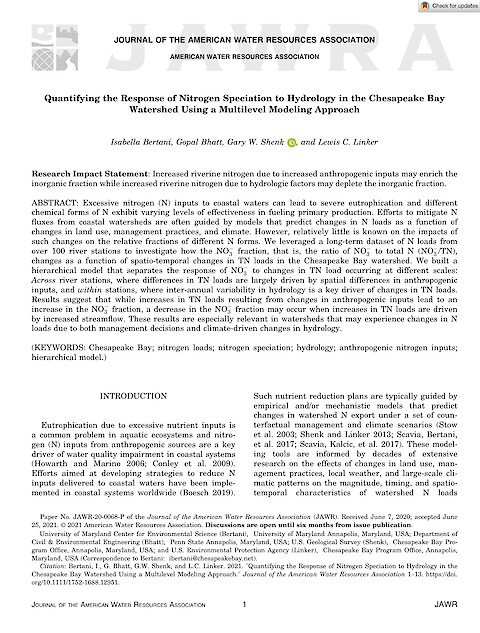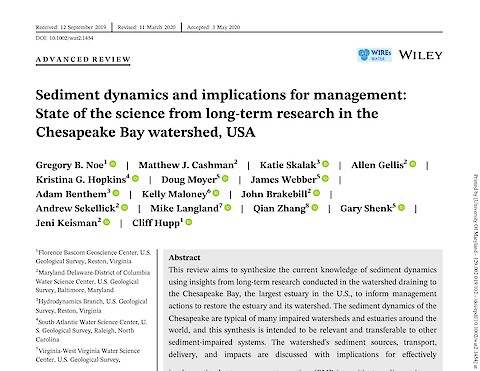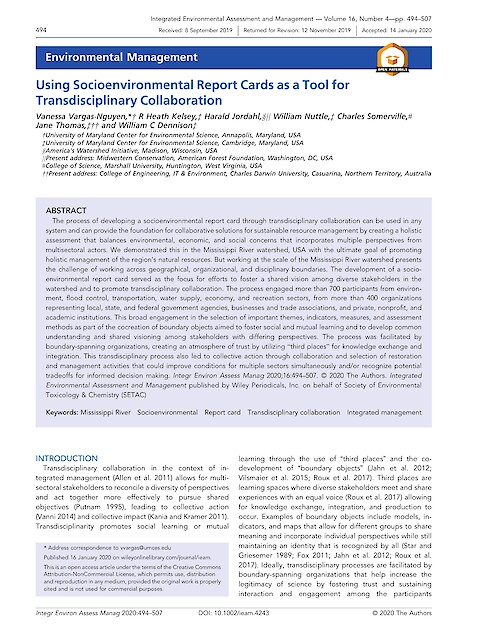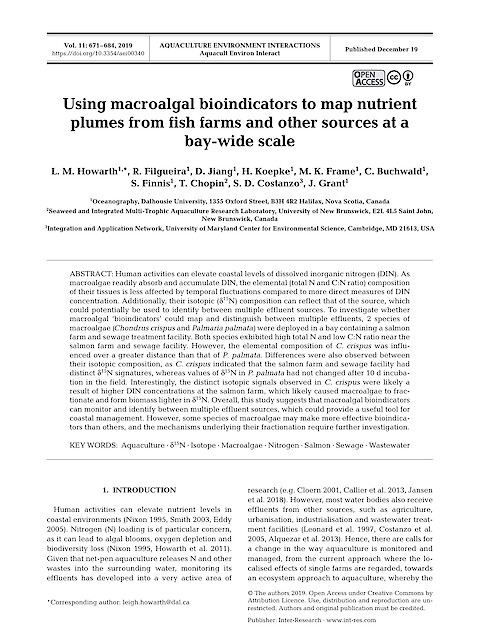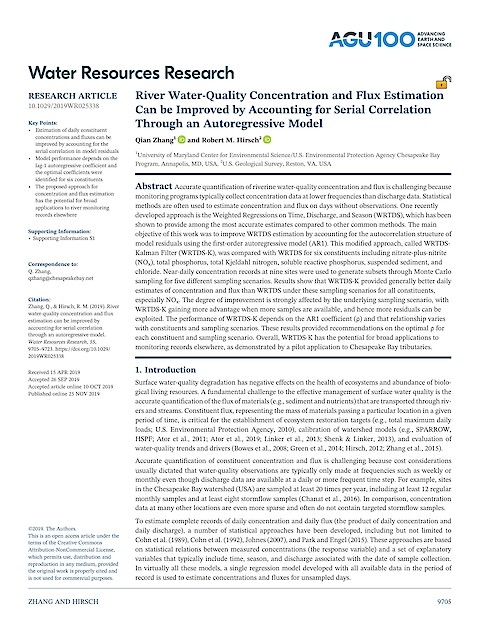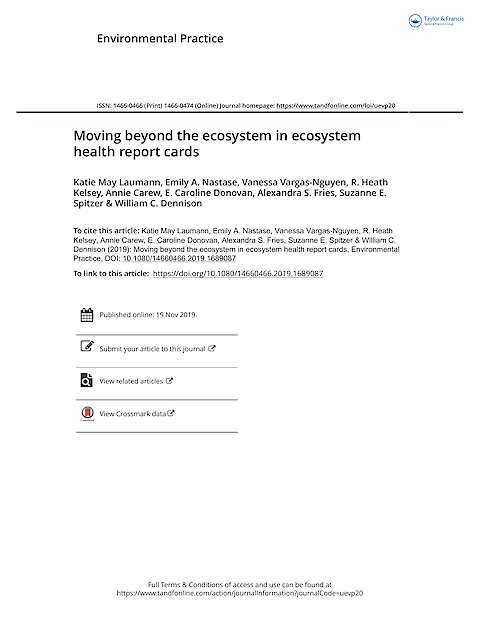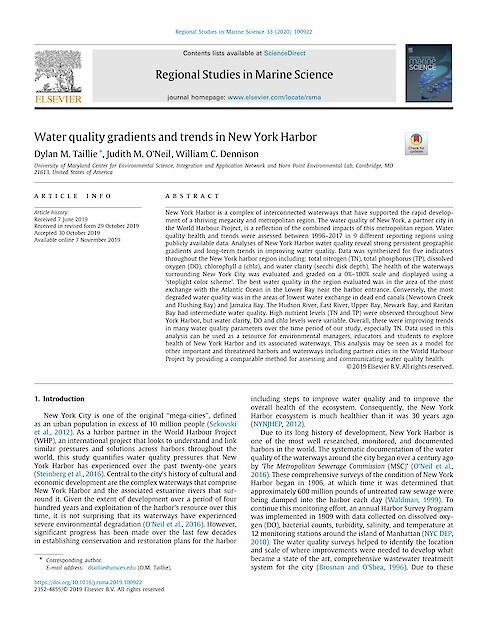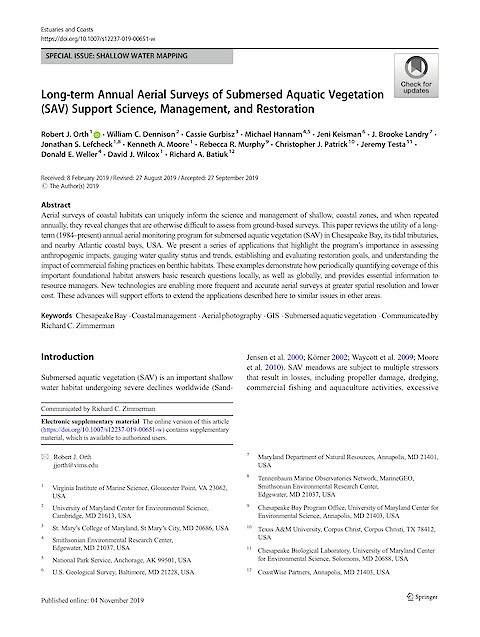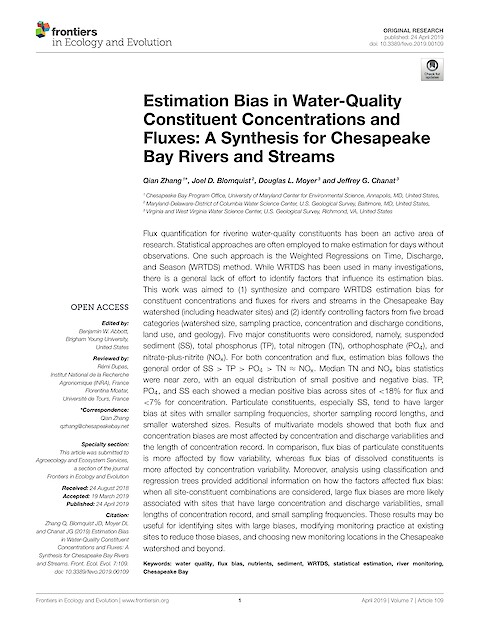Sediment dynamics and implications for management: State of the science from long-term research in the Chesapeake Bay watershed, USA
Noe GB, Cashman MJ, Skalak K, Gellis A, Hopkins KG, Moyer D, Webber J, Benthem A, Maloney K, Brakebill J, Sekellick A, Langland M, Zhang Q, Shenk G, Keisman J, Hupp C ·
2020
This review aims to synthesize the current knowledge of sediment dynamics using insights from long-term research conducted in the watershed draining to the Chesapeake Bay, the largest estuary in the U.S., to inform management actions to restore the estuary and its watershed. The sediment dynamics of the Chesapeake are typical of many impaired watersheds and estuaries around the world, and this synthesis is intended to be relevant and transferable to other sediment-impaired systems.
Read more


